India, more than 110 megaliths discovered near a dam in Kerala, a trace of the Iron Age
Recent explorations conducted near the Malampuzha Dam in Palakkad district, Kerala, a state ofIndia, led to the discovery of more than 110 megaliths scattered over an area of about 45 hectares. The discovery, made by theArchaeological Survey of India (ASI) team, is a major contribution to the understanding ofIron Age burial practices and belief system in southern India.
The archaeological survey uncovered several types of megalithic structures, including single and multiple cists, stone circles, funerary urns, dolmens and dolmenoid cists. Most of these burials were built using massive granite slabs and boulders, while some also incorporate lateritic stone, a common material in the region.
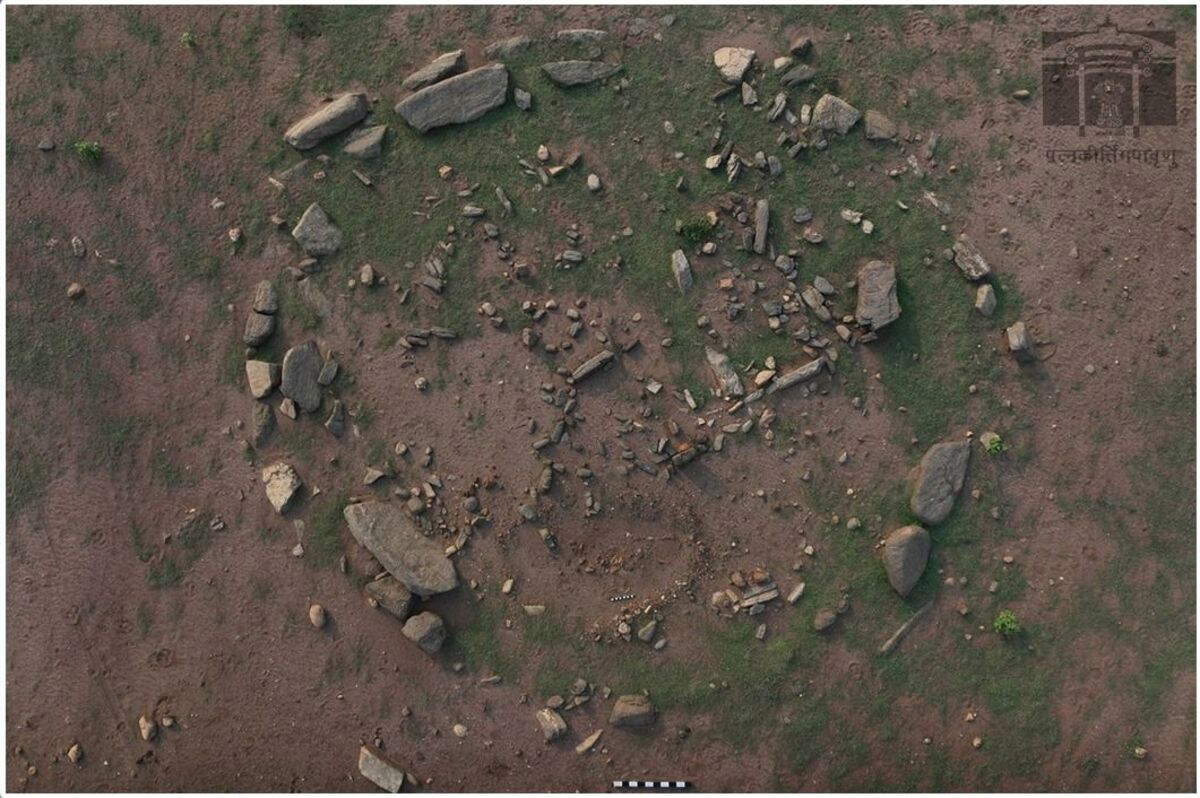
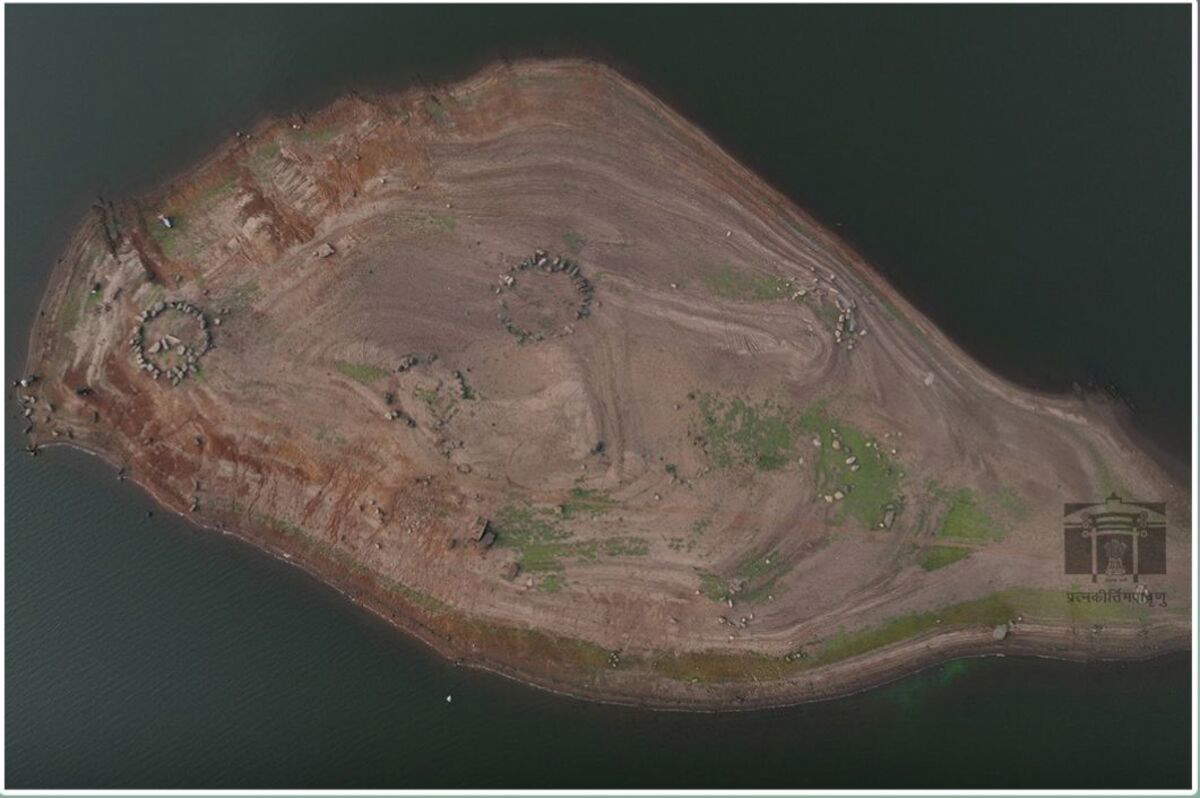
Funerary cists, one of the most recurring features at the site, consist of large stone slabs forming burial chambers, sometimes single and in other cases subdivided into several compartments. The variety of burials suggests the existence of social stratification in the community that made them, with differences in the treatment of the deceased. The dolmens, with their characteristic structure of horizontal slabs supported by stone pillars, also indicate a well-established funerary tradition.
The size of the site and the significant number of graves suggest that the area was an important center for Iron Age megalithic communities. The discovery of such a large complex of burials in a limited area could provide new elements for understanding the social organization and ritual practices of these populations. The presence of funerary urns, typical of secondary burials, indicates that the remains of the deceased were in some cases treated with specific rituals before being finally laid to rest. Ongoing investigations aim to establish a more precise chronology for the structures found and to identify any organic remains or artifacts buried within the graves. The combined use of granite slabs and lateritic stone in the burials could also suggest different cultural influences or a progression in construction techniques over time.
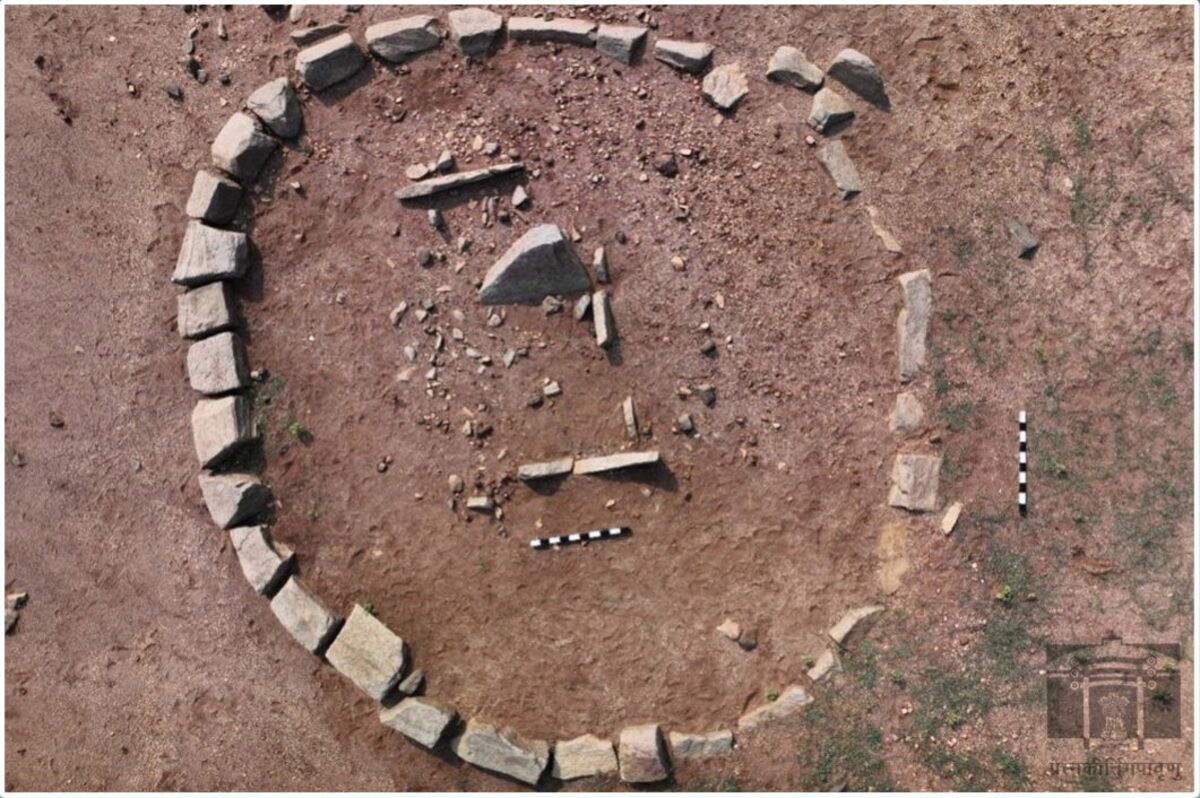
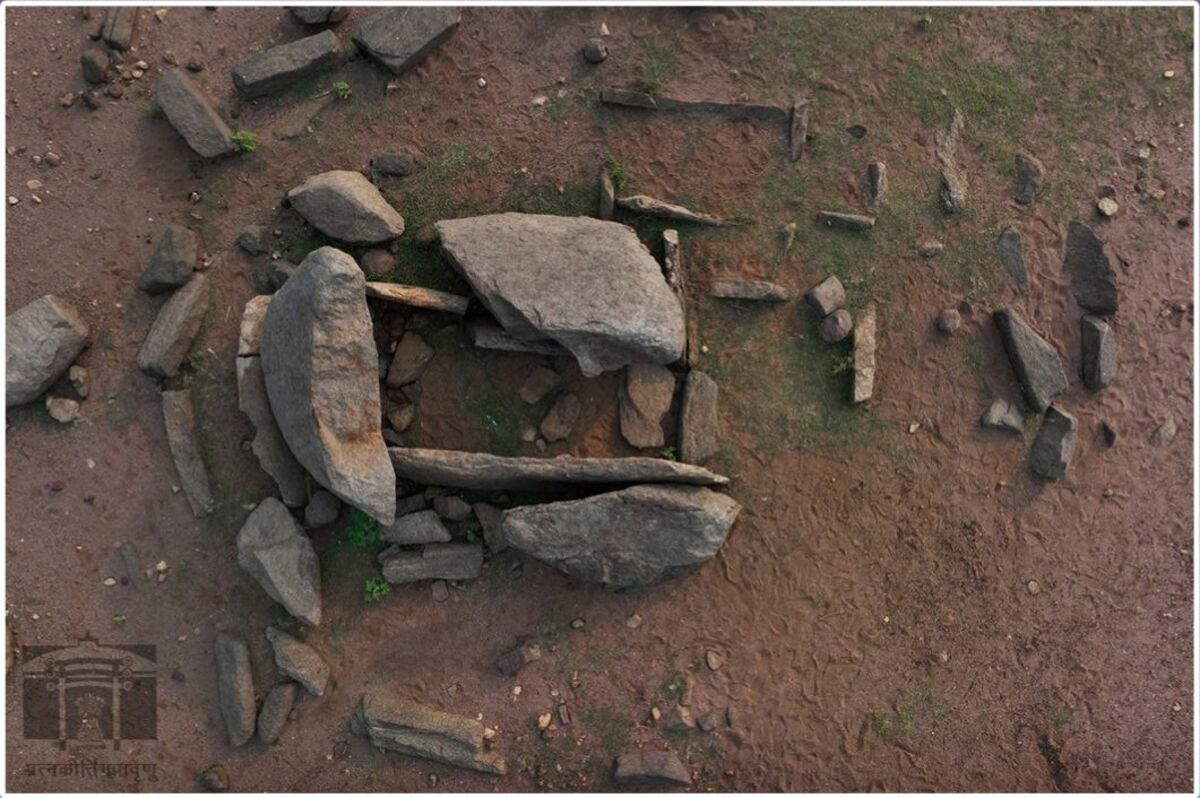
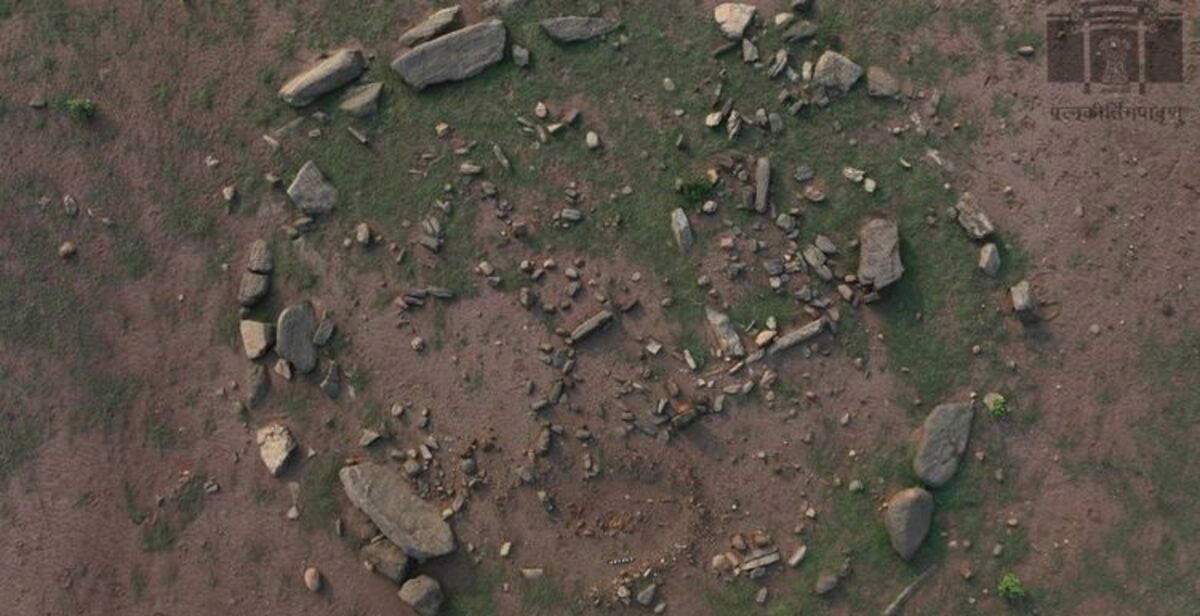 |
| India, more than 110 megaliths discovered near a dam in Kerala, a trace of the Iron Age |
Warning: the translation into English of the original Italian article was created using automatic tools. We undertake to review all articles, but we do not guarantee the total absence of inaccuracies in the translation due to the program. You can find the original by clicking on the ITA button. If you find any mistake,please contact us.



























